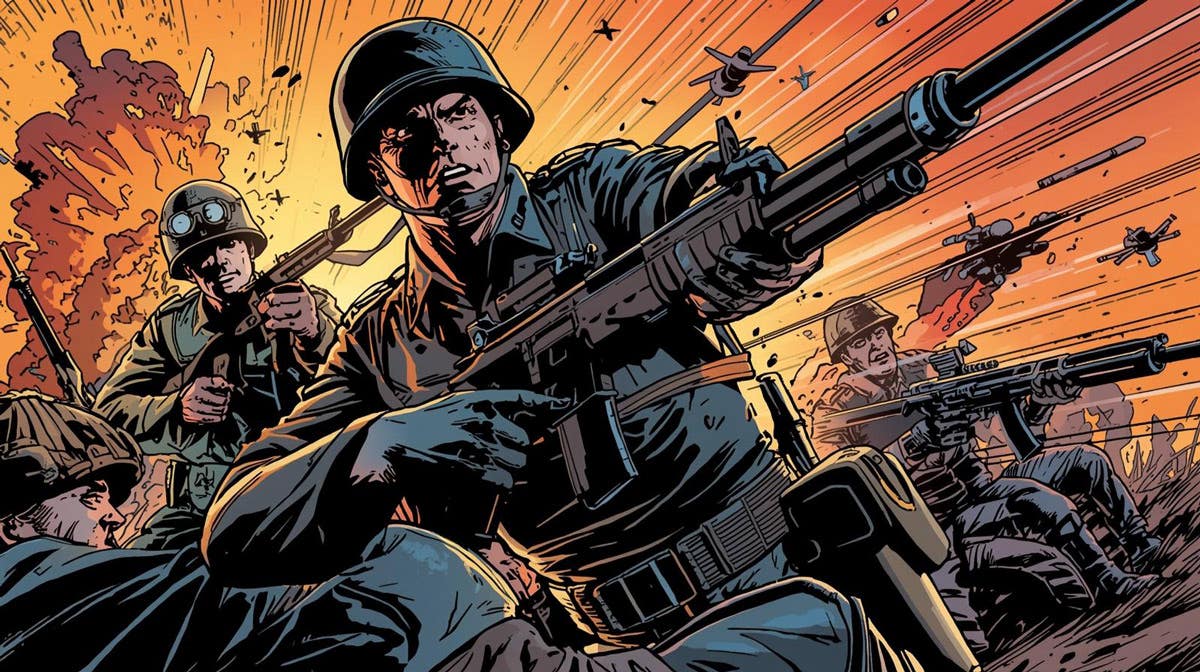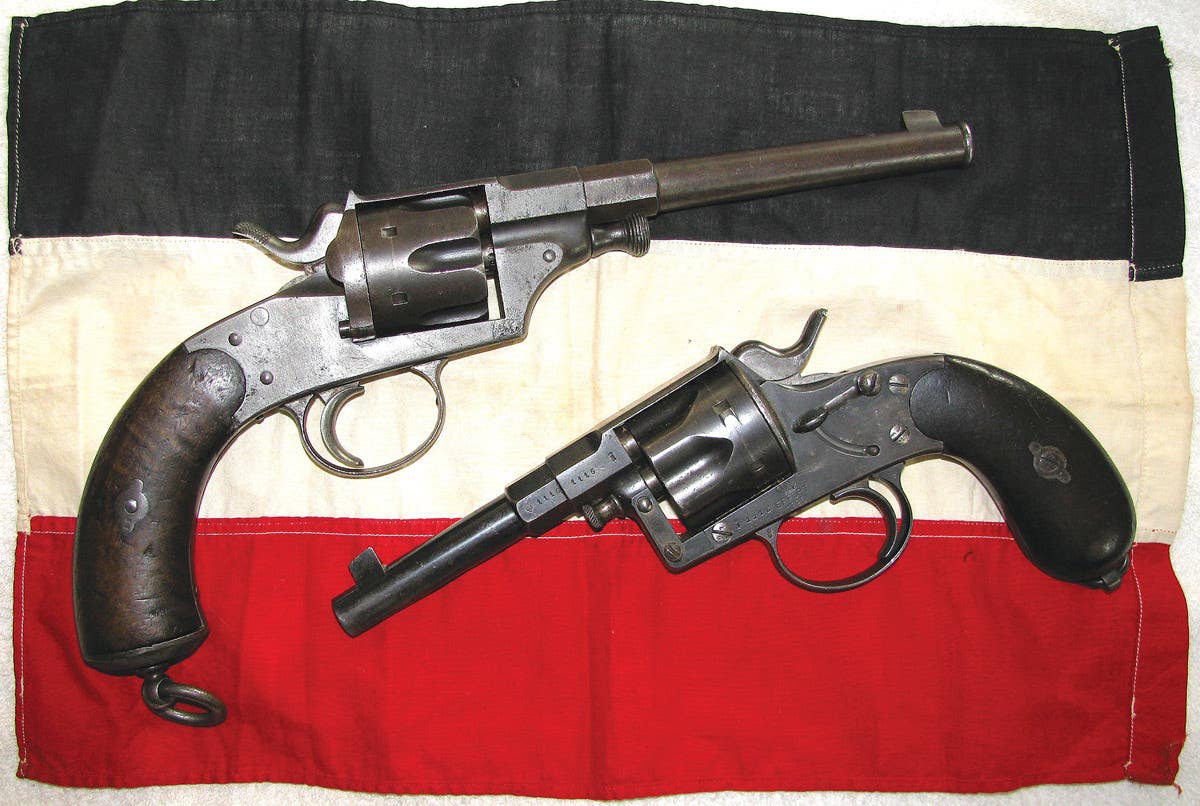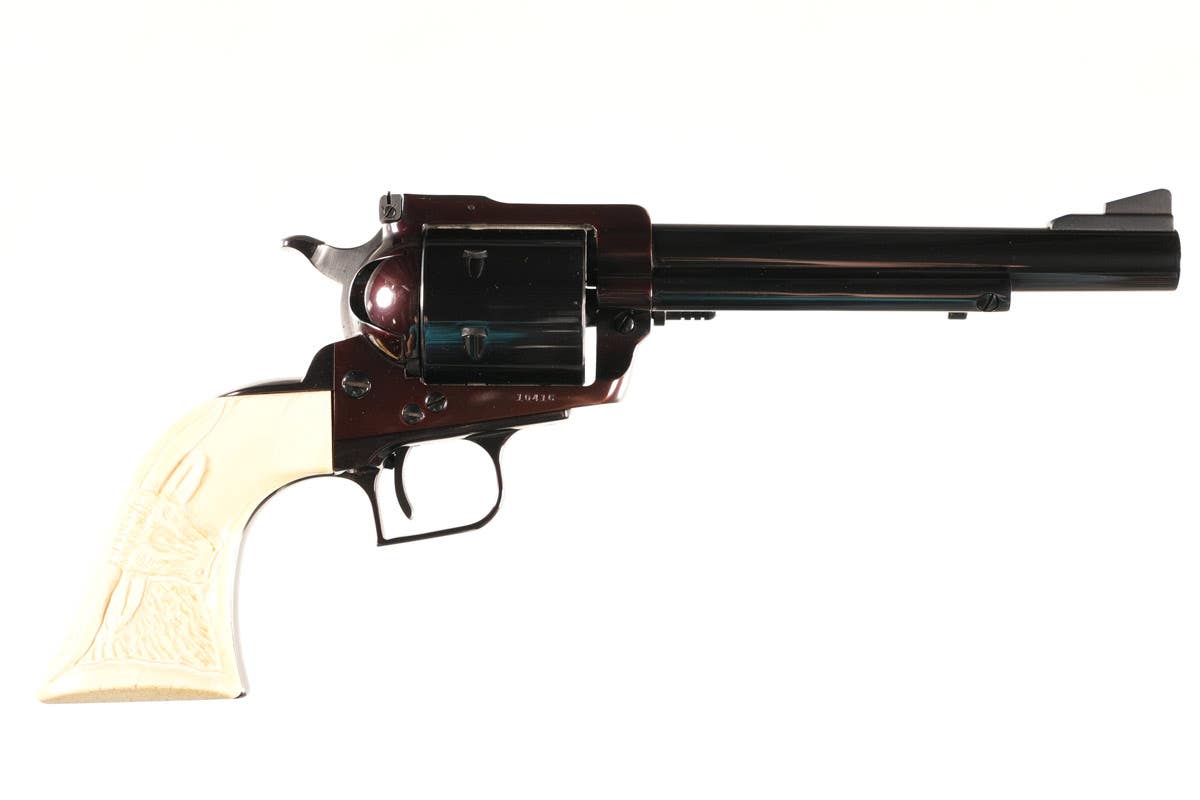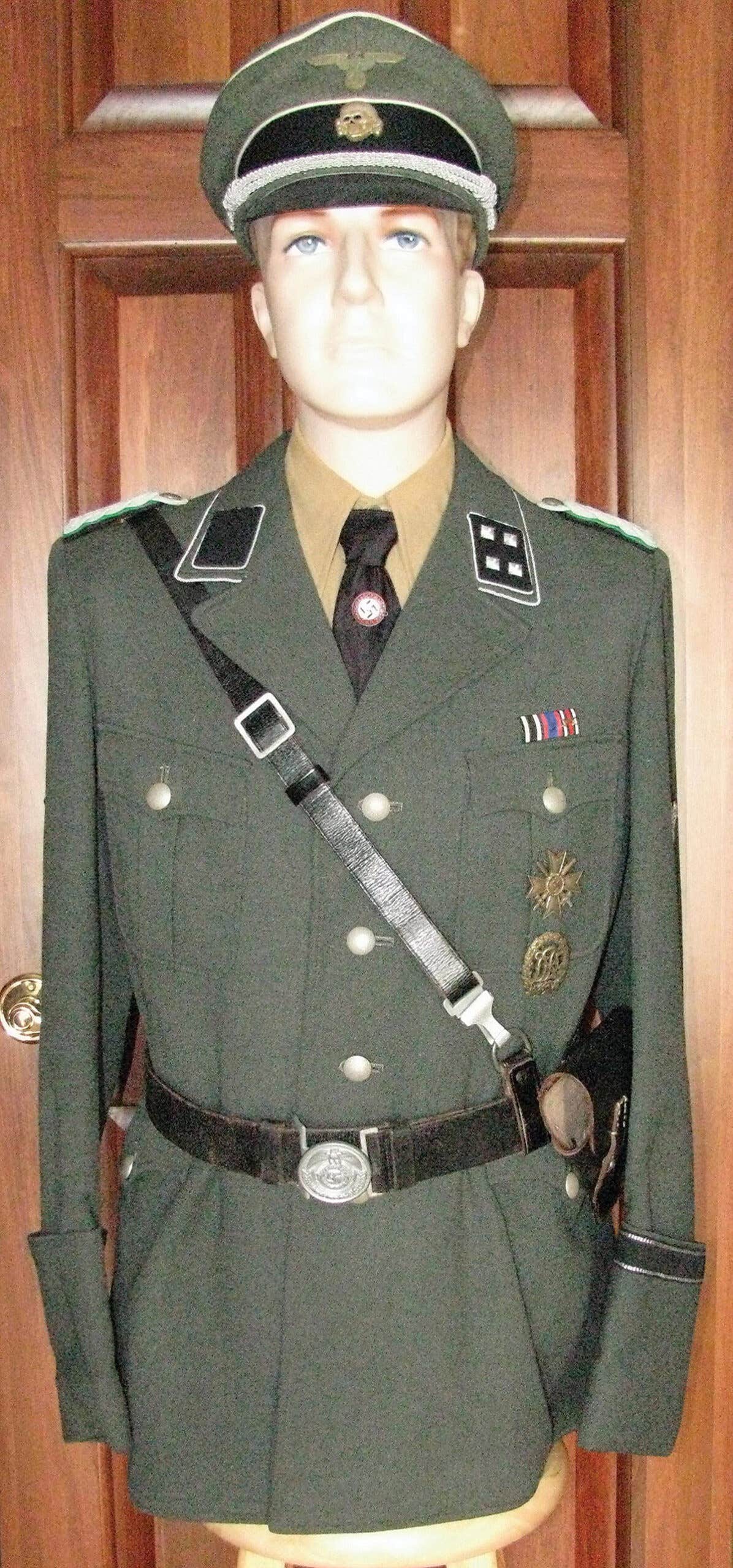Liberation!
by David L. Burrows The Italian Campaign of WWII consisted of Allied operations in and around Italy from 1943 to the end of the war. After successes in North Africa,the…
by David L. Burrows
The Italian Campaign of WWII consisted of Allied operations in and around Italy from 1943 to the end of the war. After successes in North Africa,the Allied partners had some disagreements about the next step in the war.U.S. Forces argued for the Invasion of France at the earliest possible moment. Churchill insisted that supplies and amphibious forces in the Mediterranean dictated a limited scale invasion was the most likely to succeed. Stalin and the Russians, on the other hand,hoped for another front that would deflect German forces from the Russian Front. Finally, the Allies agreed on a combined invasion of Sicily that would begin on July 10, 1943. Called “Operation Husky,” the invasion was successful. The defending German and Italian Forces were unable to prevent the capture of the Island but were able to evacuate most of their forces to the mainland.
The next step was to be landing the British Eight Army under Montgomery at the “toe” of Italy on September 3, 1943, the same day the Italians pronounced an Armistice. Without Italian support, the German were left with just two divisions to oppose the Eight Army.
Six days later on September 9, 1943, U.S. forces of the Fifth Army landed in the Salerno area southeast of Naples. During the North African campaign, Salerno served as the main port for both the Germans and Italians. But for the Allies, Naples was the prize — it had a port large enough to receive supplies for an Allied advance up the Italian peninsula.
LIBERATION OF NAPLES
By September 1, 1943, Naples was one of the most-bombed cities of the war suffering 25,000 killed and 100,000 apartments destroyed. It was decimated with no water, food, and a population of mostly women. To compound the misery, The Germans received orders to reduce the city to cinders so the Allies could not use the port city.
Chaos and violence against the Neapolitans continued as the Fifth Army fought toward Naples. The people of Naples fought the Germans, trying to protect their city from destruction and looting.
On September 22, 1943, the Germans issued a decree that all males between the ages 18-33 were to be deported and used for forced labor. At this point, there was a spontaneous uprising of women, children, the elderly and wounded who used the labyrinth of streets and underground cavern network to successfully defeat some of the best German tank divisions and allow the Allies to enter a free city on October 1, 1943.
The starving population of the battered city greetedthe Fifth Army. They worked together to restore the harbor facilities and public utilities. Prior to the Italian Armistice, many residents had jobs supplying the Germans. So it was natural they saw the liberating Allies as a possible source of much-needed income.
The same Italian craftsman who had sold items to the Germans now produced a variety of souvenirs to sell to their new liberators. One of the most common items was an interesting variety of “Medals of Liberation.”
5th ARMY LIBERATION OF NAPLES MEDALS
There are examples of both 5th Army Liberation medals as well as those for the British 8th army. Many variants were produced by local vendors, mostly as souvenirs.
Collectors have attempted to classify the types (which continues to to be change with discoveries of new styles):
Type 1. 5th Army commemorative medal shows an arcing 5th Army scroll over a scene of Mt. Vesuvius next to Naples Harbor with a reverse inscription “Commemorative Medal of the Entrance of the Allied Armies in Naples 1st October, 1943.”
Type 2. Identical to Type 1 but with the same reverse inscription partly arcing across the top and bottom.
Type 3 Medal shows an addition of two ships in the bay and reverse with a different style “1943.”
Type 4. Medal is similar to a Type 2 except the peninsula of Naples has different styles and number of buildings with a thicker skyline below Vesuvius.
Type 5.Similar to a Type 3, but with greater and crisper details of Naples, Mt. Vesuvius and bay.
Type 6. Medal does not have the 5th Army on the front of the medal. Mt. Vesuvius and the harbor is shown in great detail with trees and a setting sun with rays. The reverse has the typical horizontal lined inscription.
Type 7. This design is totally unique with the inscription “The Italians to the Heroic 5th Army” encircling the edge with a dramatic scene of planes dropping paratroopers in the mountains and valleys of the Naples area.
Type 8. A rare design shows a detailed harbor scene with a large tree near the left side and “5th Army” arcing over Mt. Vesuvius. This version has a Type 2 reverse but with an identifying maker mark “G. Quaglia”.
Type 9. This has the typical harbor but with “Allied Armies” across the top and harbor design with boats on the bay with a large tree near the left.
Type 10. Araredesign, the Type 10 shows the harbor scene with three diving airplanes over Vesuvius and no inscription. The reverse inscription is similar to the Type 1 medals.
Unfortunately the ribbons found on these medals are random and show a large variety of colors and designs and are not reliable for identification.
8th ARMY LIBERATION OF NAPLES MEDALS
Similar medals showed up with 8th Army markings. Two known variations:
Type 1. Has “8th Army” over the Naples harbor scene similar to the Type 1 5th Army. The reverse inscription reads “Commemorative Medal of entrance of British Army in Italy 10 July 1943.”
Type 2.8th Army medal has the arcing “8th Army” over the harbor scene — now with two ships. The reverse inscription reads, “Commemorative medal of the entrance of the Allied Armies in Naples 1st October 1943.”
The artisans of Naples sold many other souvenirs to the liberating soldiers including brass dishes, bracelets, and a variety of letter openers. Many embroidered items were available and have become collectible.
LIBERATION OF ROME MEDALS
Continued fighting lay ahead for the Allies in central Italy with the Germans offering stiff resistance along the Gustav Line south of Rome. The landings at Anzio were meant to destabilize the Gustav Line but it took four major offensives between January and May 1944, for the Fifth and Eight armies to break the line.
General Mark Clark was ordered to break out of the stagnant position at Anzio to destroy the retreating German 10th Army. Disobeying orders, Clark sent the U.S. Forces into Rome taking possession of the open city June 4, 1944. Unlike Naples, an open city could not be bombed or subject to artillery attack.
The cycle of selling souvenir medals for the Liberation of Rome has created several known examples. Liberation of Rome medals show a higher quality due to lack of disruption to the city but fewer examples or variations probably due to less desperation of the locals for survival.
Type 1. The most common Liberation of Rome medal is a high relief 35mm silver medal with the Colosseum and St. Peters Basilica inscribed “In the Fight for Liberty the Allies Saved Rome” with June 4th 1944 at top.
Type 2. A smaller 28mm bronze medal has the symbol of Rome showing a she-wolf suckling the twins Romulus and Remus.
Type 3. 28mm bronze medal with St. Peters Basilica. Both the Type 2 and Type 3 bear the same inscription on the reverse:“Entrance into Rome June the 4th, 1944 – Souvenir of Allies”.
Type 4. It is a large 40mm bronze medal showing Allied soldiers and tank with British and American Flags flanking a Lady of Victory. This high relief medal has the maker’s name on it: “Torrev.”
Additional non-official souvenir medals possibly exist but all are symbolic of the Italian Campaign — the most costly for the West in terms of lives lost and wounds suffered by land forces.
David Burrows is a retired educator and life long military collector. He started collecting as a teenager. David was a physics teacher for 37 years with the Pittsburgh Public schools. He is a frequent contributor to Military Trader as well as the OMSA Journal. His other passion with British cars has resulted in many feature stories both in US publications as well as international publications over the last 30 years.








